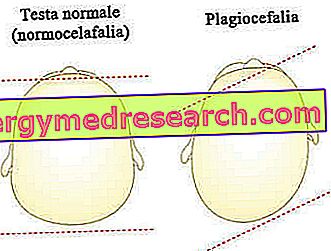
The last evolution of cataract surgery is the femtosecond laser . Compared to traditional surgery, this technique does not require the use of a scalpel, so it involves less trauma to the ocular tissues and guarantees faster healing.
The patient is positioned under the optical coherence tomograph (OCT), a system already in use for years in ophthalmology, which allows to better guide the movements; therefore, the surgeon schedules the operation. Once the calibration has been performed, the femtosecond laser emits low-energy impulses and with maximum precision incides first the cornea, then the cataract envelope. During the procedure, the patient feels a slight pressure on the eye and can hear an intermittent noise ("beep"). Once the laser application is complete, the surgeon removes the already fragmented material and implants the artificial lens, ending the operation.
The femtosecond laser allows an accuracy that cannot be reached by the human hand. The circular opening of the capsule, for example, is perfectly round and centered; this factor is very important in the post-operative phase, since it allows a better centering of the artificial lens. The result is a more precise intervention than can be achieved with previous systems. Furthermore, the laser-operated eye presents ideal conditions to receive artificial crystallines with complex optics, suitable for correcting visual defects such as astigmatism and presbyopia.
Currently, the application of the femtosecond laser combines, but does not replace, standard surgical techniques. The high costs of the instrumentation, in fact, do not allow its routine execution yet.



